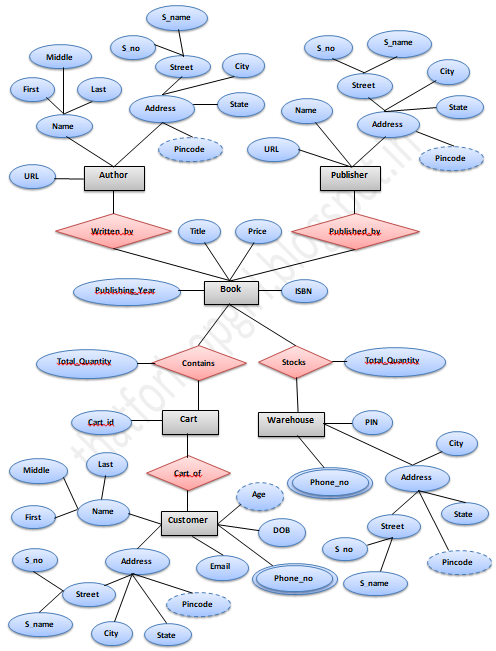The E – R Diagram consists of the following major components: Rectangles : represent entity sets Ellipses : represent attributes Diamonds : represent relationship sets Lines : links attributes to entity sets and vice versa Double ellipses : represents multivalued attributes Dashed ellipses : represents derived attributes Double lines : represents total participation of an entity in a relationship set Double rectangles : represents weak entity sets Figure – 1: An illustration of E – R diagram corresponding to customers and loans Figure – 2 depicts two entity sets, customer and loans , related through relationship set borrower. The attributes associated with customer are customer_id, customer_name, customer_munber, customer_address, customer_pincode, customer_city . The attributes associated with loan are loan_number, loan_amount . The customer_id and loan_number are primary keys. The relationship set borrower may have one-to-one, one-to-many, many-to-one, ma...










